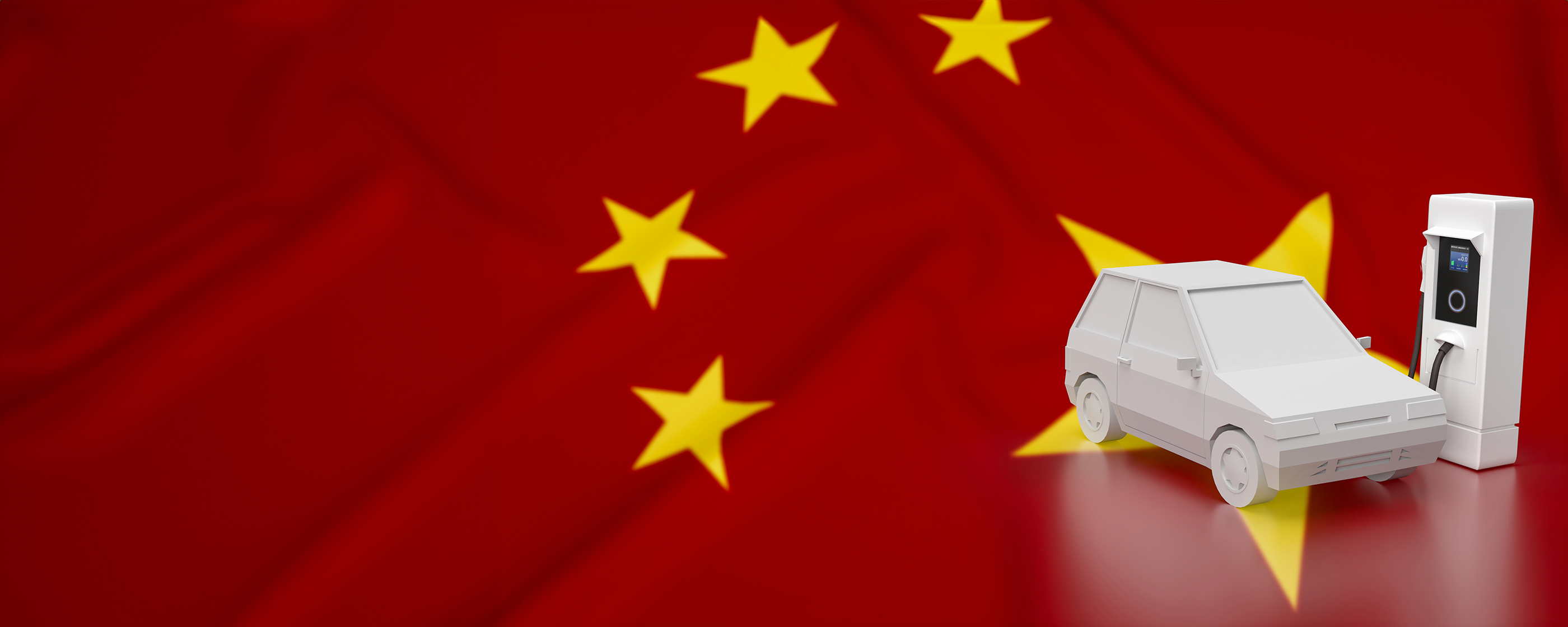
Innovation lessons from Coca Cola
In the popular imagination, the phrase “disruptive innovation” is so closely linked with Silicon Valley that it’s tempting to think non-IT companies have stood still since the 1990s. Some people tell me the last times a consumer products company generated worldwide buzz with a “disruptive” new offering was when Coca-Cola introduced “New Coke” in 1985 – a failure of epic proportions.
Yet, far from eschewing innovation today, Coca-Cola is today a hotbed of experimentation and using the power of design-thinking techniques to drive growth for the business. Since 1992, one of the creative forces driving this innovation was Guy Wollaert, an architect by training, who was Coca-Cola’s chief technical and innovation officer until he left the company earlier in March last year.
I recently met with Guy – who is now helping companies get the most of their innovation efforts. His insights were enlightening.
An Innovation Must Create New Value
For Wollaert, an innovation doesn’t have to be disruptive or headline-grabbing. It must simply create new value. “It can be an invention or a piece of technology,” he says. “It can be a new operating model, a new business model – many, many different things. But it does not become true innovation unless it creates new value and it has impact.”
“I started at Coca-Cola making proposals for new capital investments, to build new factories, distribution centers, warehouses, offices …. I was able to simplify how we make capital project proposals, which were once like engineering studies, 250 pages thick. I came back with 25 pages that contained the essence. It gave management the criteria they needed to make a decision of ‘go’ or ‘no go’ on that investment. So that’s an example of an innovation that saved time and money, and brought clarity and speed of decision-making.”
Coca-Cola’s Freestyle mobile app is a more recent innovation – and one with more sex appeal. “There are already more than 20,000 machines in U.S. quick-service restaurants. Typically, you get four choices at a self-service drink dispenser: Coke, Diet Coke, Sprite and Fanta …. Freestyle is a new interactive platform where consumers, on an iPad-like screen, choose combinations and can have 120 different combinations – totally personalized, all coming out of the same spout. It’s revolutionizing the whole quick-service-restaurant beverage experience.”
The father of invention
In Wollaert’s view, if necessity is the mother of invention, experimentation is the father.
“First, it’s giving people, associates at all levels, the permission to explore, the permission to experiment, the permission to challenge the status quo, and the permission even to fail. That’s how you, inside-in, can change the mindset and the culture over time – if leadership clearly creates the space for people to experiment and, yes, to fail. Fail cheap and fast if you have to fail, but fail.”
“Second, innovation is about connecting dots externally, not just internally. I know what I want. I just don’t have the skills or partners or expertise in my existing ecosystem, so I’ll go and find them externally.”
“And then there’s a third dimension of how you activate innovation, which is outside-in. You don’t really know what you want because it may be so far from your core business … but you know there’s so much happening out there that you want to plug in and explore and connect (expand your ecosystem) and find things you can bring back to create new value for the organization.”
Customers as lab partners
A key source of external talent is Coca-Cola’s customers. One lesson of the New Coke fiasco is that consumers have very proprietary feelings about the brand. Wollaert is a big fan of social media because it allows the company to work with consumers as virtual lab partners. “Today, companies that provide services and products in the marketplace are incredibly privileged versus previous generations, because there are all these social media platforms you can tap into directly and get instant feedback. You can co-create new services and products. That is an incredible privilege that companies have today – to speed up the times and test things together with customers and consumers, like never before.”
This doesn’t mean, however, that organizations should rely on consumers to drive all innovation. “I would refer to Steve Jobs, who notoriously said, ‘I don’t do consumer research. At Apple we are ahead of what people can even imagine that they want.’ I think there’s some truth to this.”
“Yes, engage with your customer, your consumer, the marketplace and get input. But when it comes to disruptive innovation, I can give you the example of the car industry. If you ask people, ‘What do you want from the next-generation car?’ they say, ‘It needs to be cheaper, it needs to be safer, it needs to consume less energy,’ etc., which are very important to know. And you will come up with new solutions and offerings that will appeal to them. But in the end, you’ll still have a two-ton piece of metal that’s using 80 or 90 percent of its energy to transport itself, whereas you only need to transport 100 to 200 kilograms of your passengers. It will still be a vehicle that’s standing still, unused … 80% of the time.”
In other words, consumer input tends to generate incremental innovation, not disruptive innovation. So while customer engagement is important, companies must rely on their own personnel, as well as outside experts, to generate big breakthroughs.
Wanted: deep expertise and lateral thinking
“It’s important to have the right subject matter expertise, but it’s absolutely critical to complement this with people who have an innate skill of connecting dots laterally. Very seldom will you find both qualities in the same person. When you do – if you find those people – take care of them.”
“It’s important for leaders to consciously build organizations that have that right balance. You want deep-subject-matter experts… but it’s also important that you connect the dots cross-functionally, interdisciplinary, from a science point of view or from an industrial interdisciplinary perspective.”
“If you think about the coding of mobile phone screen & its coating, you have companies like 3M involved in this; you have companies like Corning involved in this…. There are many different, historically unconnected disciplines and industries involved in making this new product. And it’s the same, I’m sure, for every industry.”
Cyril Bouquet is Professor of Strategy at IMD. His major interest is the interface between organizational psychology, strategy and leadership.
Research Information & Knowledge Hub for additional information on IMD publications
The board of Nestlé S.A. announced that Anna Mohl would become the CEO of Nestlé Health Science (NHSc) — a global leader in nutritional science — on 1 January 2024. She was delighted to hear about her new position but knew there was little time to...
This technical note introduces the Negotiation Staircase Framework, a comprehensive approach to understanding and managing complex negotiations. The framework presents six distinct levels of negotiation: Set-up, Process Definition, Guiding Princip...
The China Resources Beer (CR Beer) case study is a compelling narrative of the world’s largest beer producer by volume under the leadership of CEO Hou Xiaohai. In 2016 CR Beer embarked on a pivotal transformation journey. This case study offers cr...
Five friends created DIDA in 1983 and turned it into a global provider of IT infrastructure and services. Riding the wave of rapid growth of communication networks and increasingly global business relationships of corporations, DIDA established it...
Case reference: IMD-7-2636 ©2025
Research Information & Knowledge Hub for additional information on IMD publications
Research Information & Knowledge Hub for additional information on IMD publications
Research Information & Knowledge Hub for additional information on IMD publications
Research Information & Knowledge Hub for additional information on IMD publications
in I by IMD
Research Information & Knowledge Hub for additional information on IMD publications
Research Information & Knowledge Hub for additional information on IMD publications
in I by IMD Brain Circuits 28 January 2025
Research Information & Knowledge Hub for additional information on IMD publications
Research Information & Knowledge Hub for additional information on IMD publications
Research Information & Knowledge Hub for additional information on IMD publications
NTT Corporation, Japan’s information and communication technologies (ICT) leader since 1953, was the first to commercialize internet usage on mobile phones in the 1990s, which resulted in NTT achieving much success in Japan. However, by the end of...
Building on NTT (A), the case starts with NTT’s CEO having narrowed down strategic growth options with the board to prepare NTT for the future. Past international investments in AT&T Wireless and KPN to tap into foreign markets had resulted in bil...
Research Information & Knowledge Hub for additional information on IMD publications





